Washington, D.C. — Federal Reserve Governor Christopher J. Waller said the U.S. central bank intends to play an active role in the ongoing technological transformation of the global payments system, highlighting tokenization, stablecoins, and artificial intelligence as forces redefining how money moves.
Speaking Tuesday at the opening of the Payments Innovation Conference in Washington, Waller described a payments landscape in the midst of a “technology-driven revolution,” arguing that the Fed should not merely regulate innovation but help shape it.
“A few years ago, it would have been unimaginable for crypto assets and distributed ledgers to be discussed at the Fed’s own conference,” Waller said. “Today, they’re part of the conversation — and increasingly, part of the system itself.”
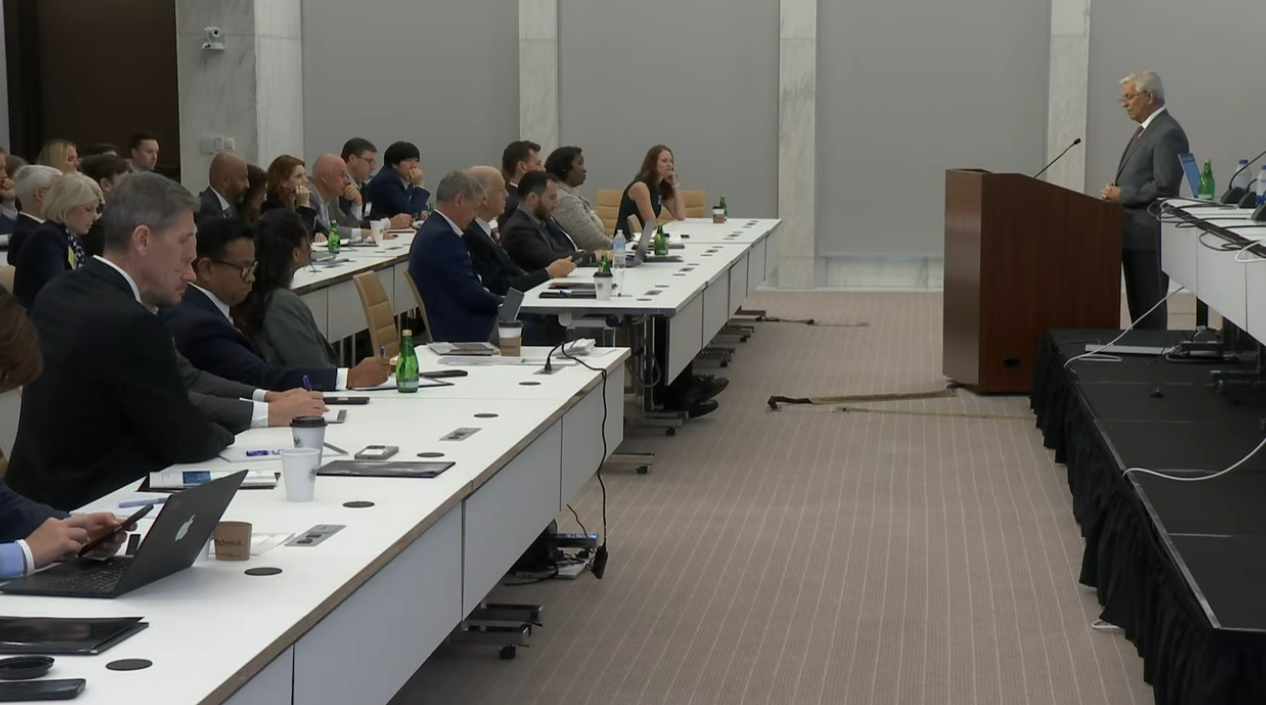
Embracing Private Innovation While Safeguarding Stability
Waller outlined two models of payments innovation in the U.S. market: one driven by private-sector competition, and another supported by public-sector infrastructure. The central bank’s role, he said, is to strike a balance — promoting innovation while preserving the safety, resilience, and trust that underpin the financial system.
“The private sector is best positioned to take risks and allocate resources toward new technologies,” he said. “But public institutions like the Federal Reserve can enable innovation to expand faster by providing stable platforms and essential services.”
Waller emphasized that the Fed’s mission in payments extends beyond oversight. “We intend to be an active part of this revolution,” he added.
From Steel Rails to Digital Rails
Tracing the institution’s history, Waller noted that since its founding, the Fed has sought to improve the efficiency of settlement systems — from physically transporting paper checks across the country to building electronic networks like Fedwire for interbank transfers in the early 20th century.
“Just as we once ran trains on steel rails to clear paper checks, today we’re building digital rails for real-time payments,” he said. “Innovation is not new to the Federal Reserve — it’s part of our DNA.”
Fed Explores Tokenization and AI in Payments
Waller revealed that the central bank is conducting hands-on research into tokenized payment systems, smart contracts, and AI-enabled transaction networks. The goal, he said, is to understand how these technologies could modernize U.S. payment infrastructure and support collaboration with the private sector.
“These experiments are about understanding, not endorsing,” Waller clarified. “But to regulate innovation effectively, we must first understand it deeply.”
The remarks mark one of the clearest signals yet that the Fed views blockchain-based payment models and AI automation not as speculative novelties but as potential components of the future financial system.
Introducing the ‘Payment Account’ Concept
In a notable policy hint, Waller introduced a prototype idea dubbed the “payment account.” The proposal would grant legally eligible institutions — particularly fintechs focused on payment innovation — access to basic Federal Reserve payment services without requiring a full master account.
“Many firms engaged in substantial payment activities do not need all the bells and whistles of a full-fledged master account,” he explained. “A more tailored approach could foster competition while maintaining appropriate safeguards.”
Such a framework could represent a new tier of access to Fed services, lowering barriers for payment-focused firms that currently rely on partner banks to connect to the central banking system.
The Fed’s Position in a Converging Financial Ecosystem
Waller’s speech comes as banks, asset managers, payment processors, and crypto-native fintechs increasingly converge on similar technological infrastructures. The Fed’s acknowledgment of this blending underscores how distributed ledgers and digital assets are no longer viewed solely through a regulatory lens but as integral to the evolution of finance.
“The revolution in payments is demanding change everywhere,” Waller concluded. “We can and should do more to support those actively transforming the payment system. The Federal Reserve will not stand on the sidelines.”





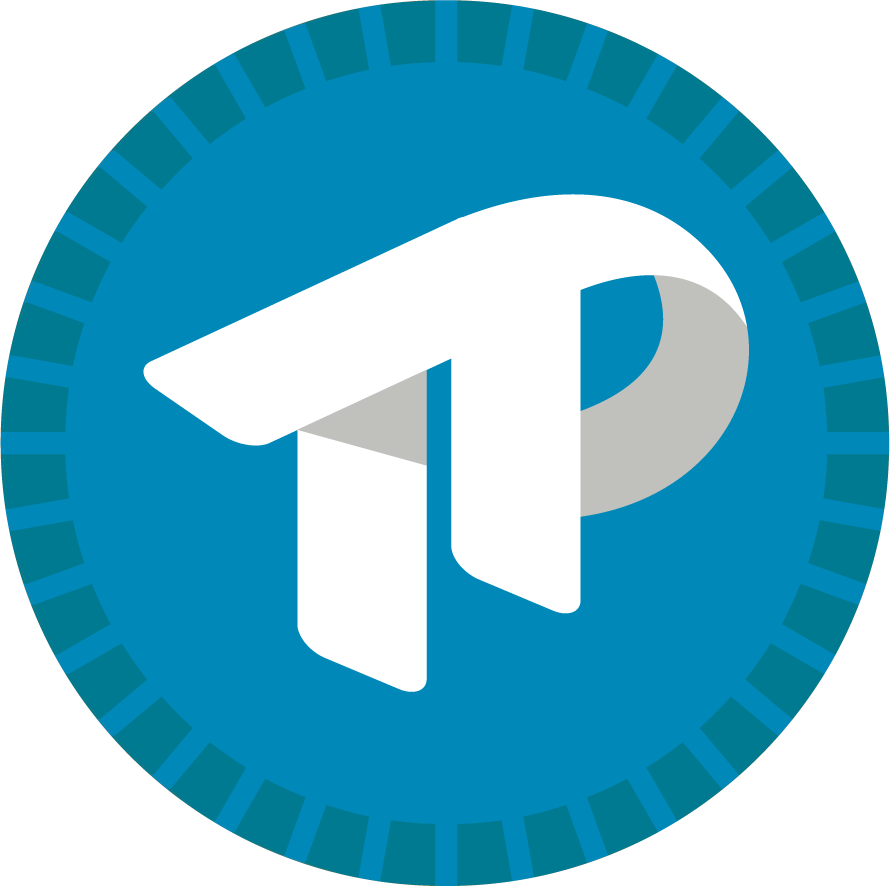
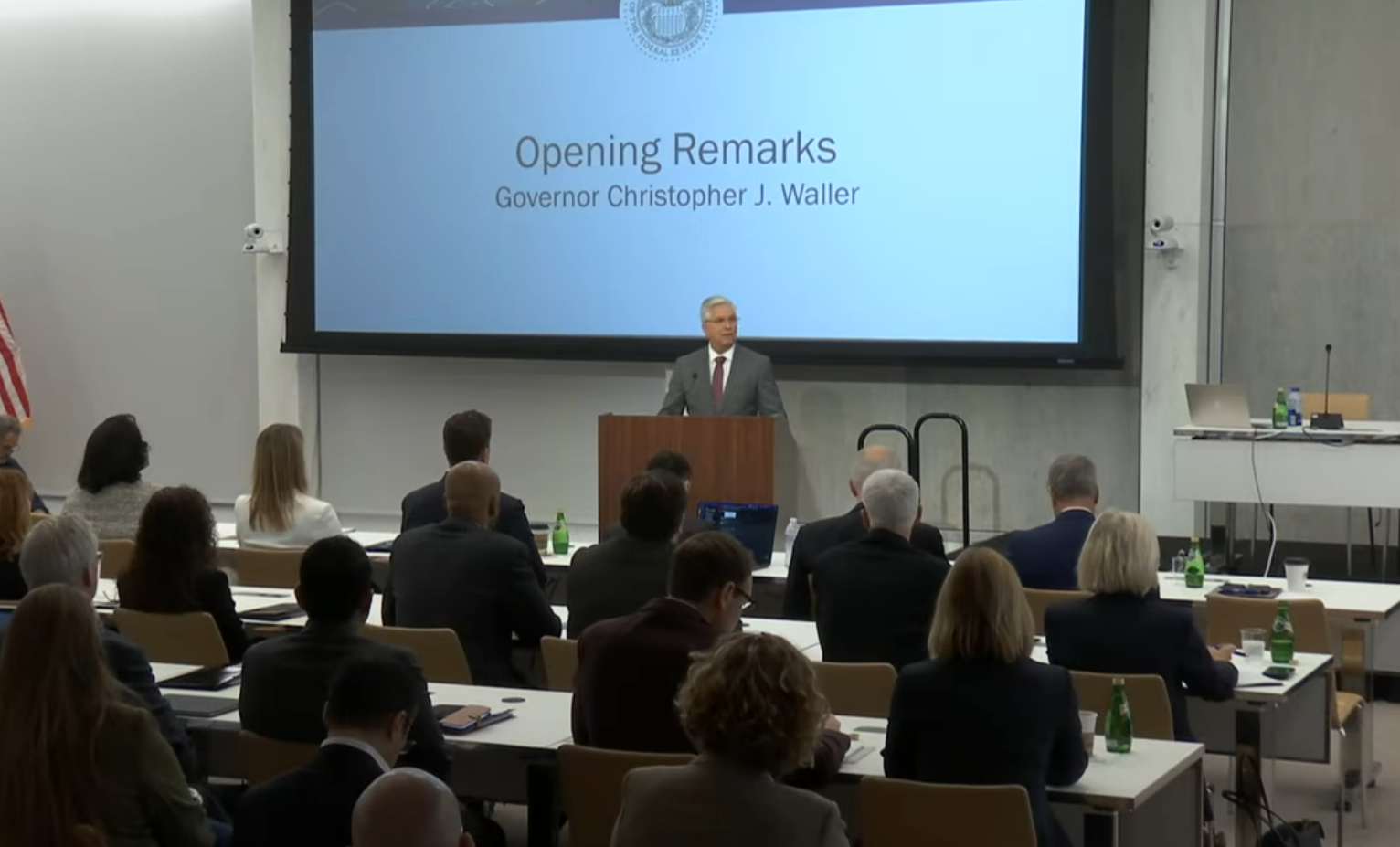
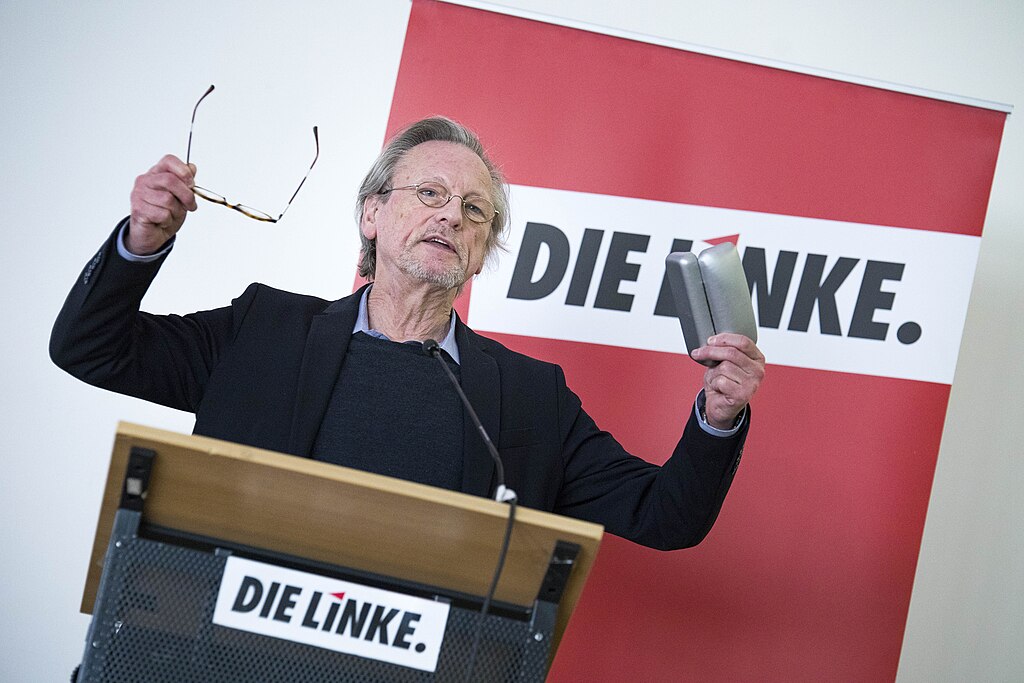


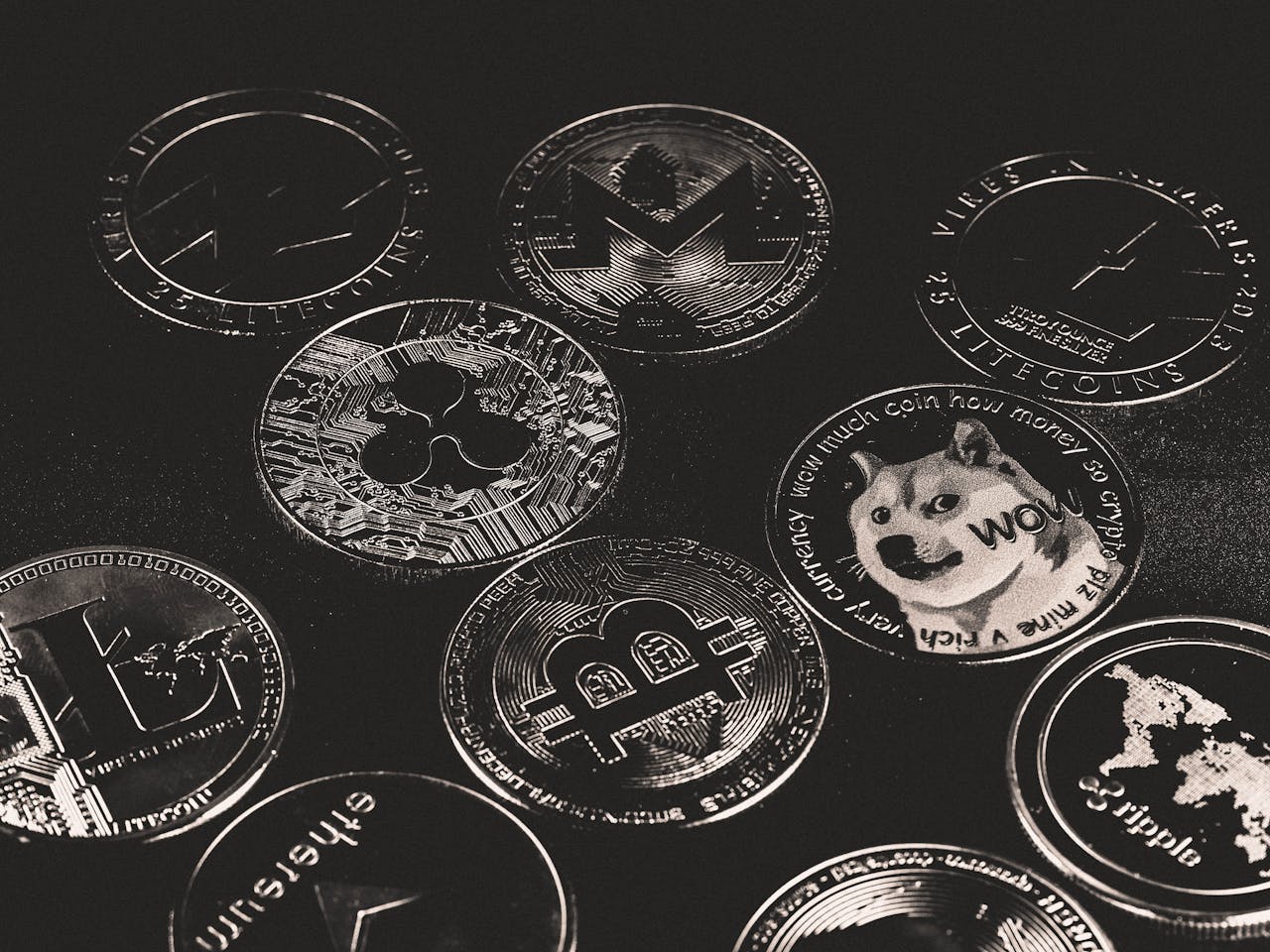

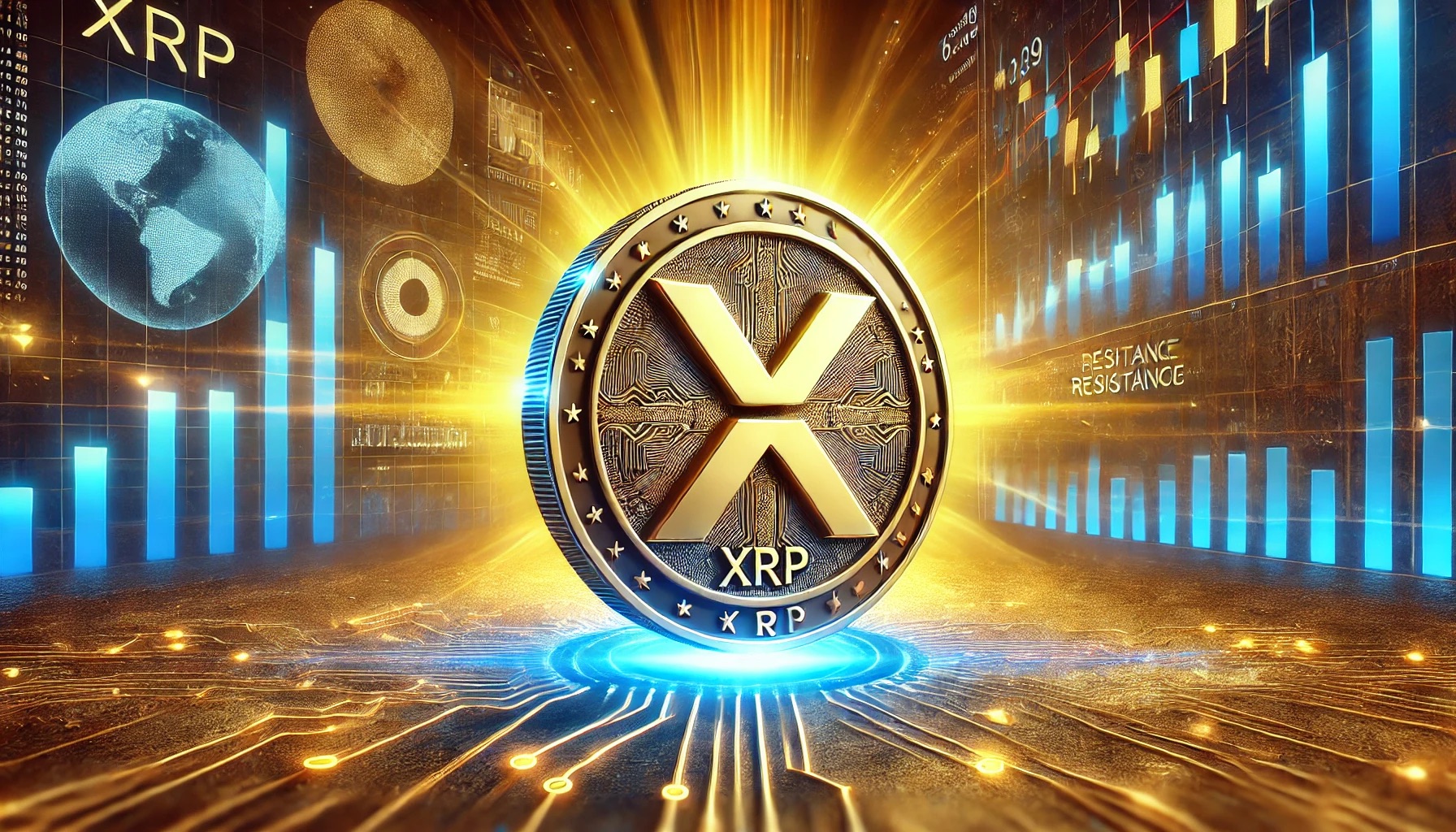


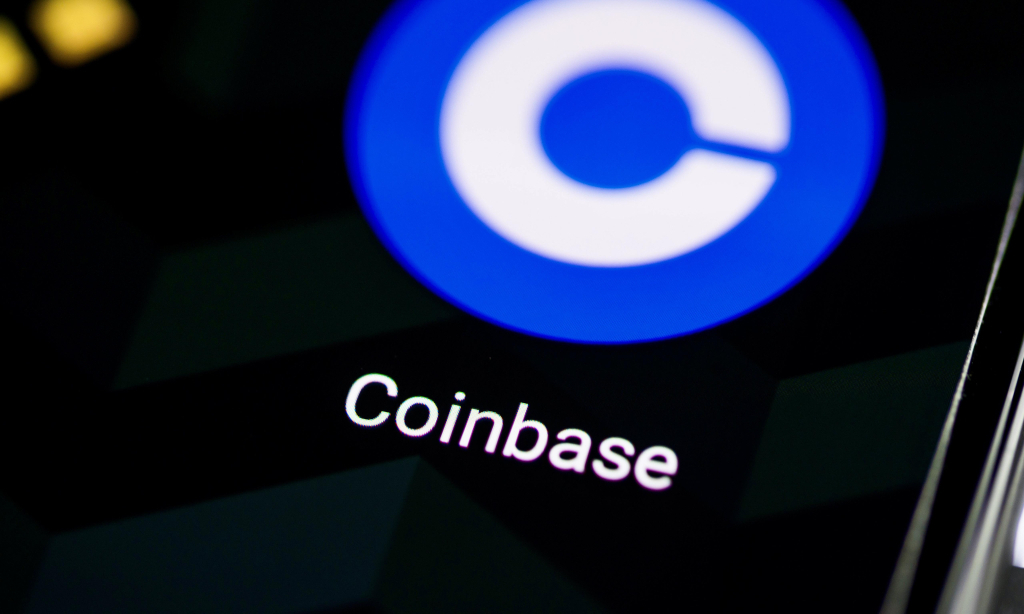

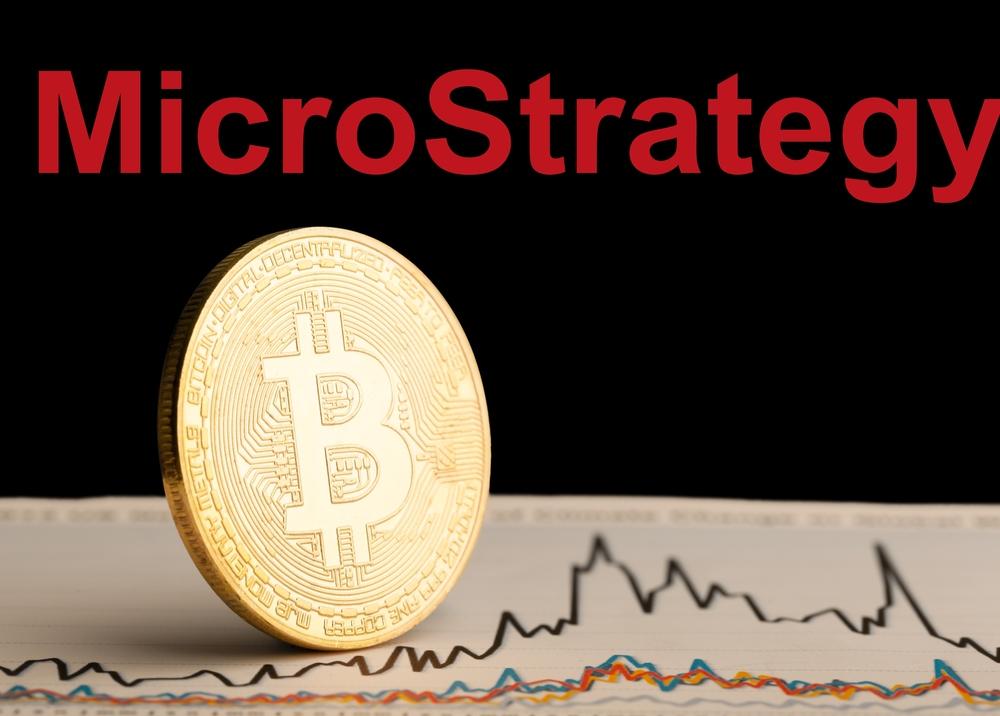


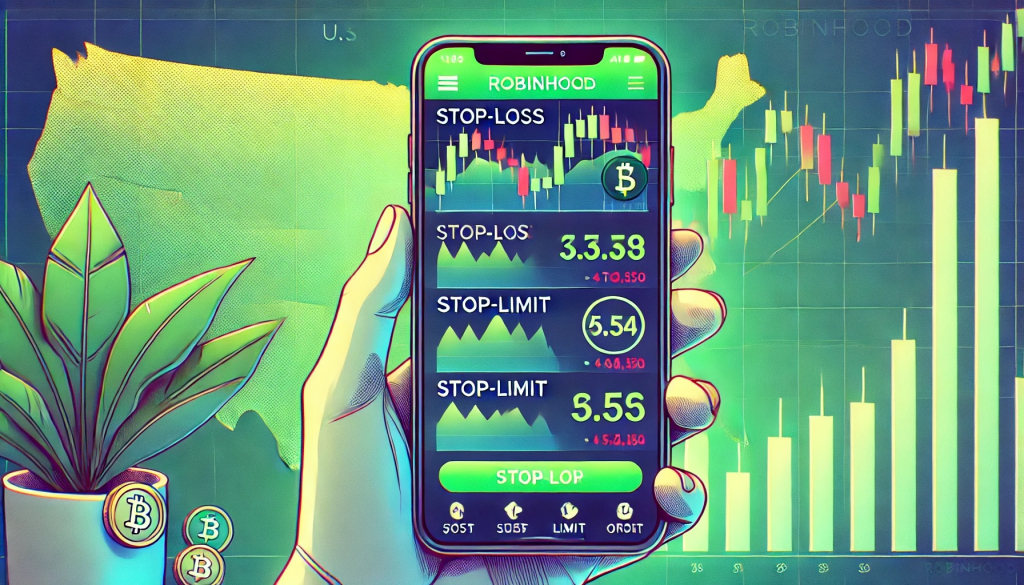
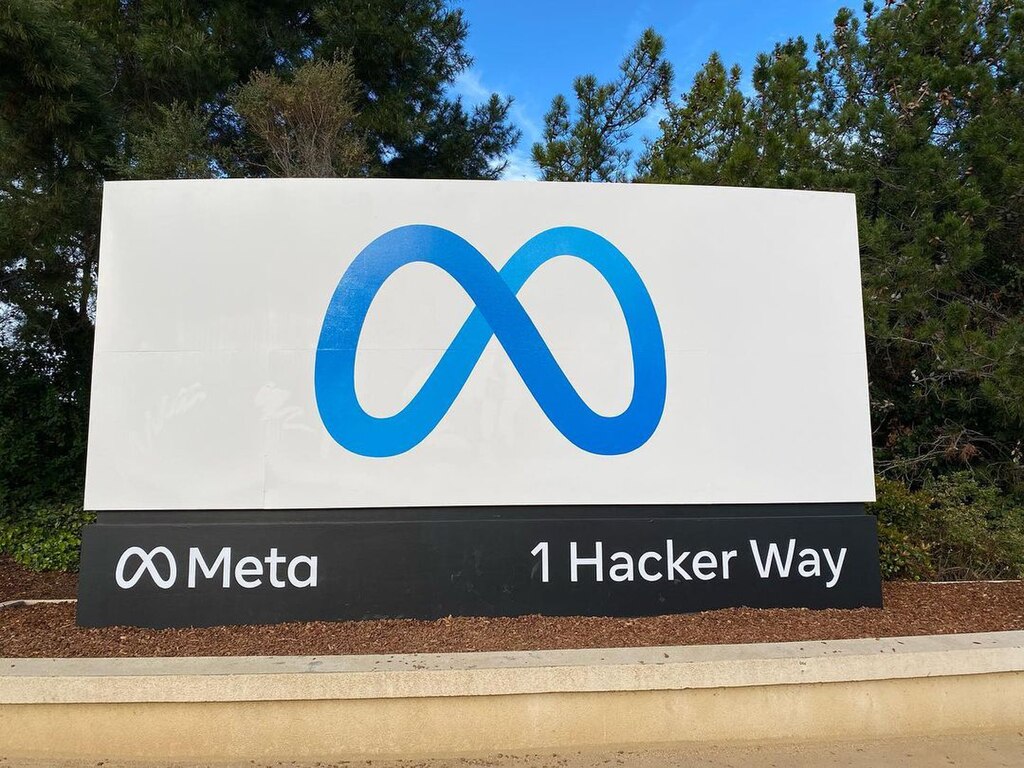

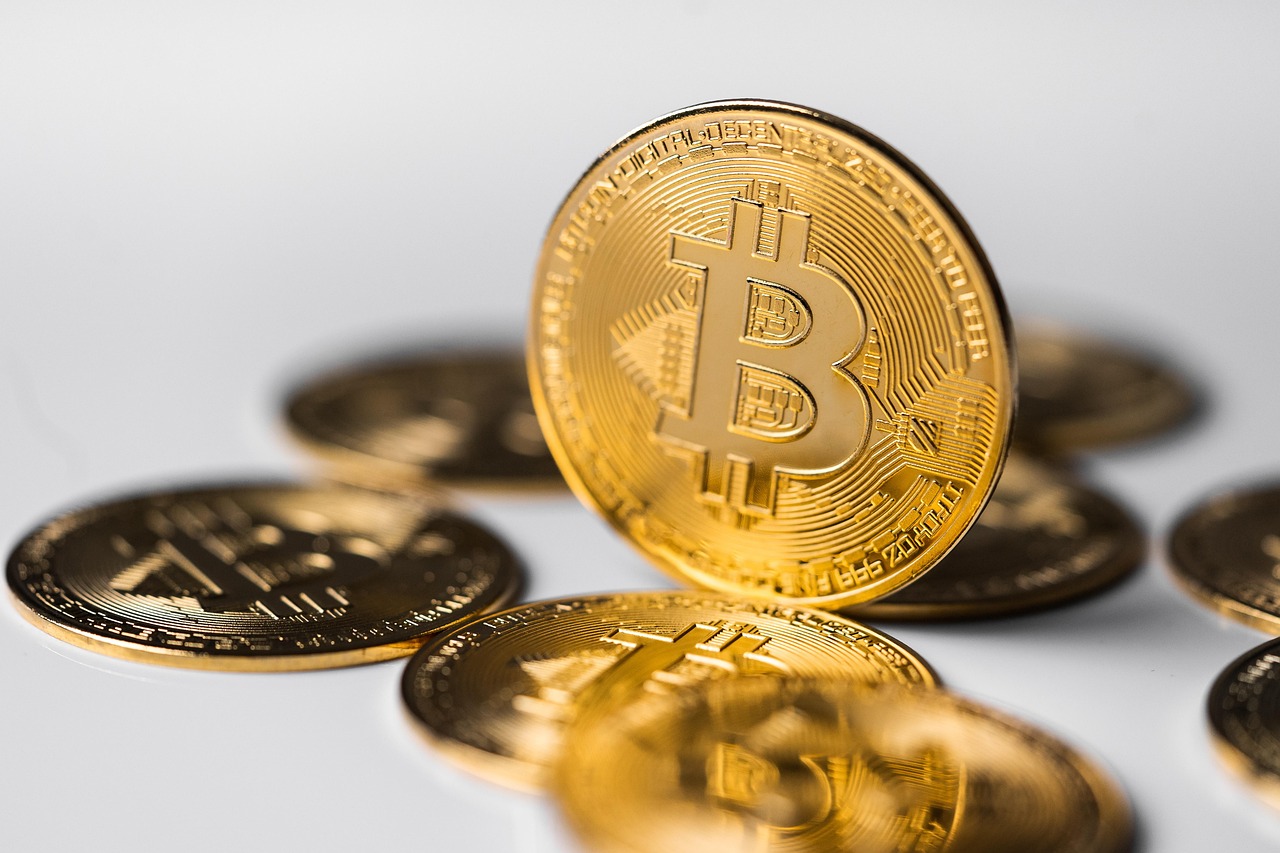

Comment 0